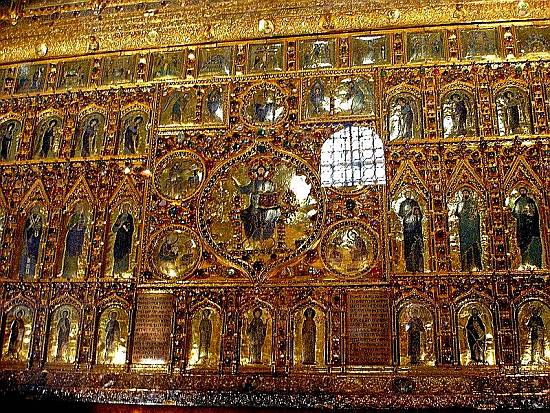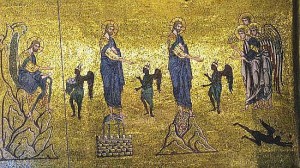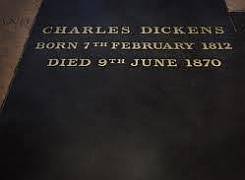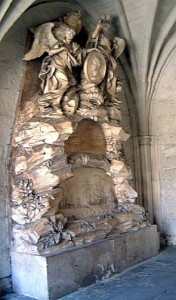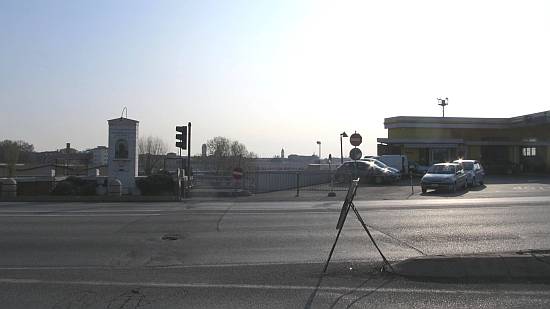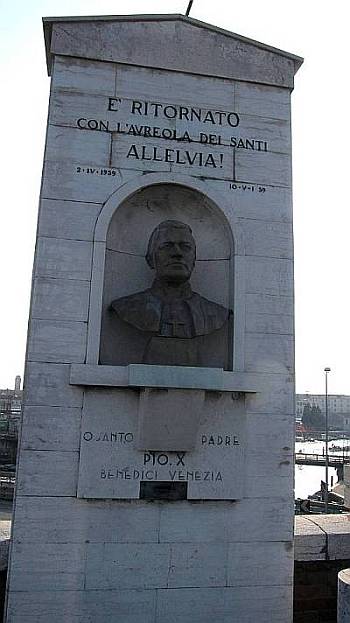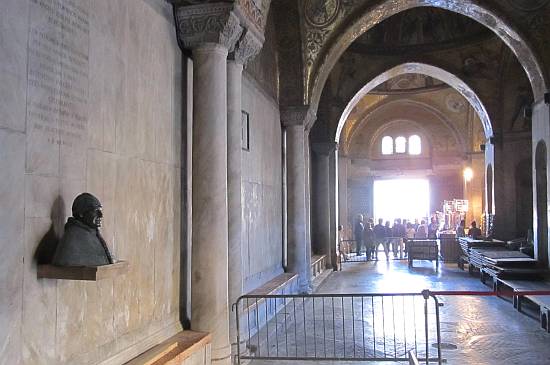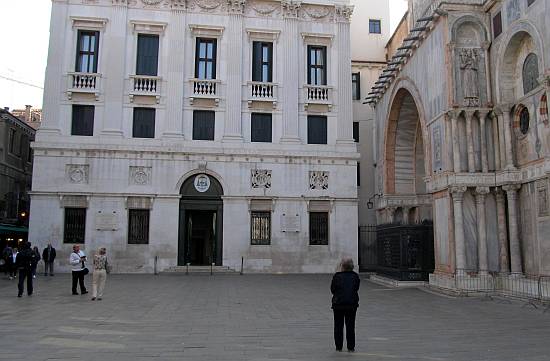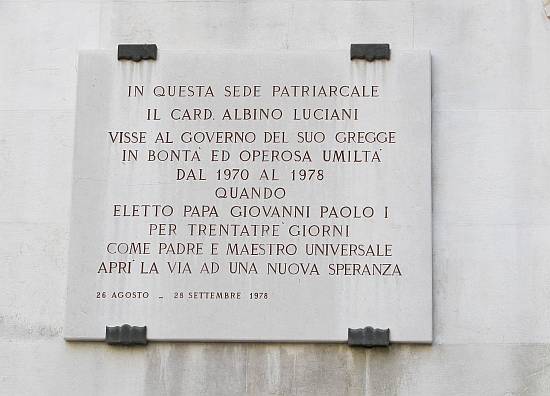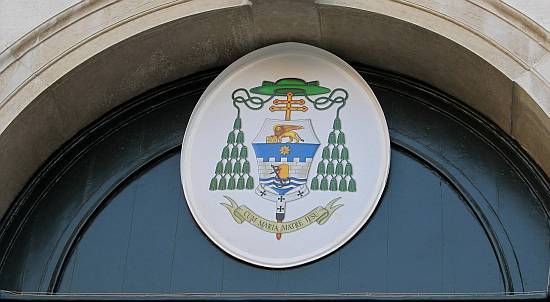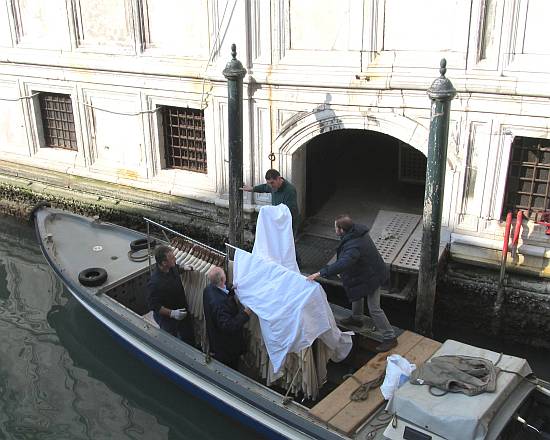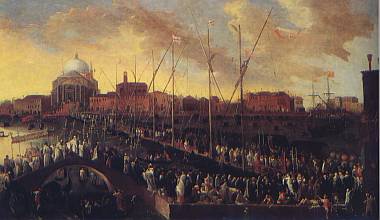
As I’ve related probably all too well, summer is loaded with more festas than the average barge with paying festa-goers. I have a reason for making that comparison, because once again we are now on the verge of the festa del Redentore, the “Notte Famossissima,” inspiration of song and story, one of the great parties of the world (though in terms of sheer tonnage I wouldn’t compare it to, say, the Kumbh Mela, which technically isn’t a party. But still). In a word, it’s tonight.
What is inspiring lively conversation this year, however, is the drastic decision announced a mere two days ago by the Capitaneria di Porto, the branch of the navy which is responsible for certain tracts of the lagoon. The commanders have made it clear that this year they’re throwing the book at the festivizers, and are ready to fine and possibly confiscate the large barges known as “topomotori” which usually show up carrying ten times as many people as they’re allowed. Without any safety equipment of any kind.
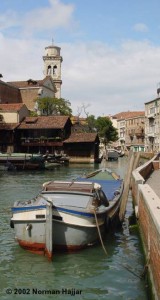
Yes, illegally overloaded barges have become part of the tradition, because they are a wonderful size for carrying large tables groaning with food and drink surrounded by the aforementioned people, a few of them also groaning. These working boats are typically certified to carry “cose” (things) but not “persone” (people). I suppose a clever lawyer could try to make a case for the people qualifying as things, but I’ll stop here.
Technical note: Of course you’ve seen these barges plying the Venetian waters every day loaded with merchandise with people aboard to heft the cargo, but the legal limit is six.
These restrictions also apply to the big fishing boats that trundle up from Chioggia and Pellestrina — they hold more people (good!) but they are impossible to present as anything other than what they are. (“Certainly, sir, all these women and children are professional fishermen too…..”).
What is really upsetting people isn’t primarily that that oppressed minority known as Venetian families is going to be prevented from enjoying a Venetian (debatable, by now) event. The truly distressed people are the barge owners who are now accustomed to making money by renting their vessels for the evening. The intake (in small, unmarked bills) to the party’s organizer could be 100 euros per person, with a payload of up to 40 people. The barge owner could expect 300-400 euros just for letting his boat leave the dock.
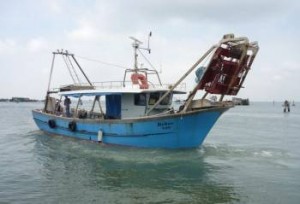
Some nervous organizers have already canceled their parties. Others are saying, “We’re going to chance it. Out of thousands of boats, why should they pick me?” I like the way estimating odds works: Your chance of winning the lottery (in your own eyes) is from reasonable to even very high; your chance of being fined for carrying a clan, a tribe, an entire linguistic group, is almost nil. Such is the power of human desire.
What’s modestly upsetting me is that this drama was avoidable because, as the Capitaneria has pointed out, the owners of these barges could have avoided all this unpleasantness by coming to the office in time to apply for official permission to “occasionally” carry more people than usual. I didn’t know such an option existed because it doesn’t affect me, but it would seem that a person with a barge, especially one who was looking forward to a couple of hundred free euros, might have exerted himself to acquire a more extensive knowledge of the rules of the road. And that forestalling this awkwardness in a timely manner could have been done without even breaking a sweat. But I forgot. Drama is so much more entertaining than just doing things the easy way.
As an interesting additional factor in the evening’s excitement (and in this case, totally unavoidable by anybody) is the weather. They’re predicting wind, and also rain. Perhaps even thunder and lightning. Looking at the forecast, maybe people would have canceled anyway. Or maybe the organizers and owners would have calculated the odds in their favor, as per usual.
I can hear it now: “With all these thousands of boats, why should it rain on me?”
We weren’t planning on being in a boat anyway, but on watching from the shoreline, like two years ago. The only thing that could spoil my evening would be for the gelateria to run out of ice cream.

